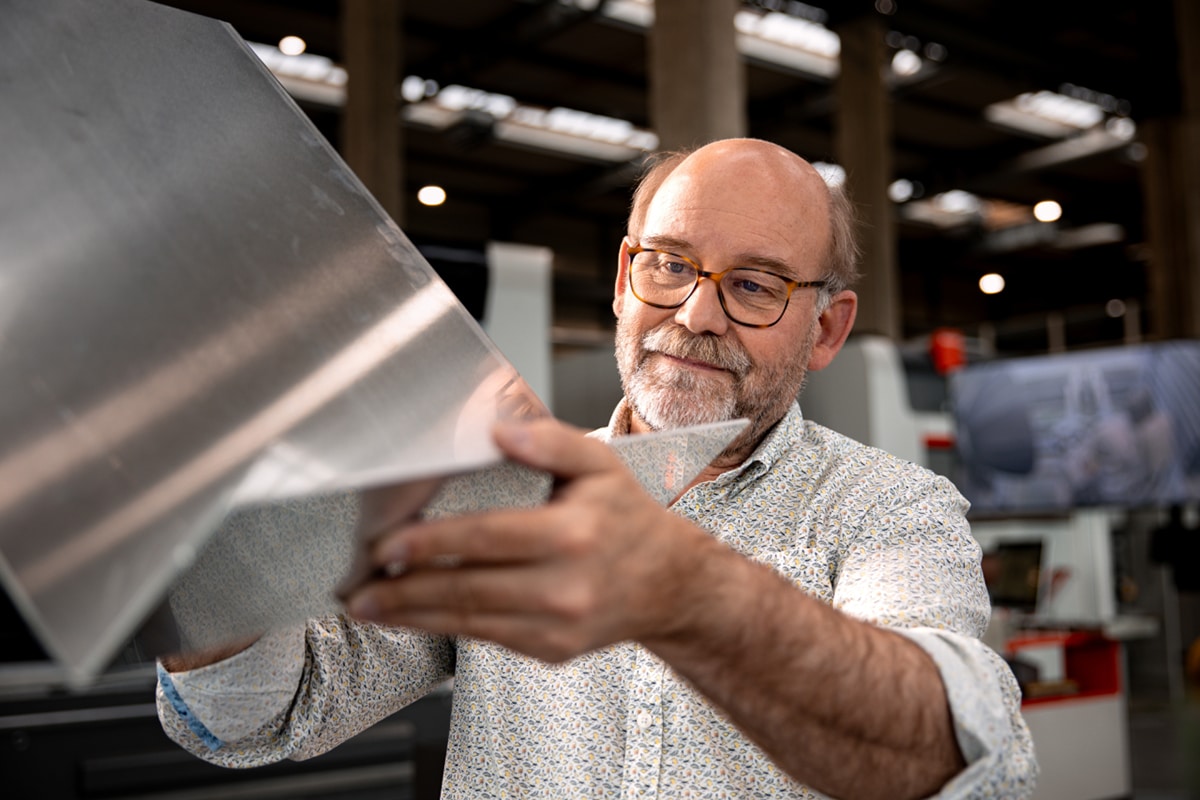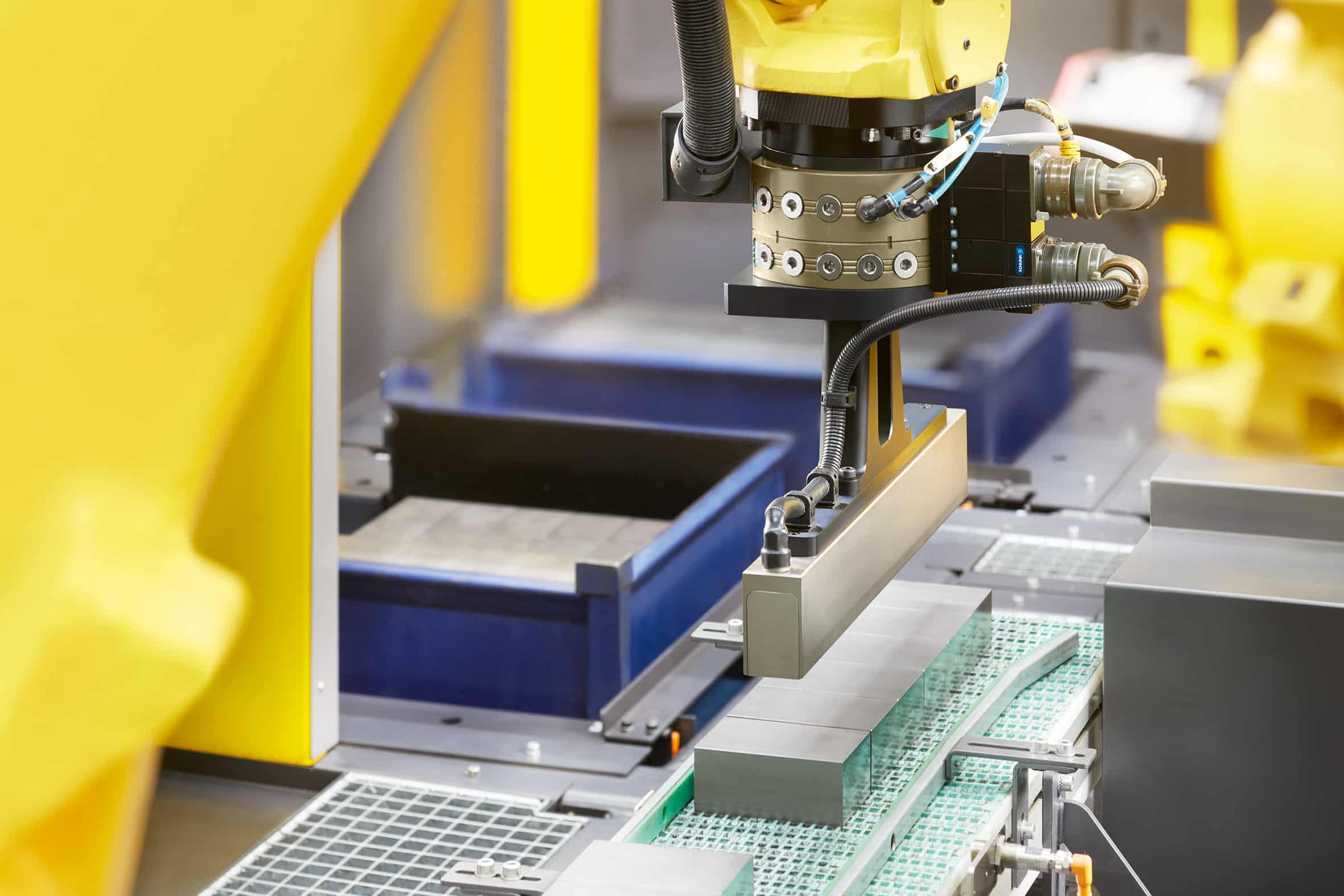
When human lives are at stake, only the best is good enough
It all began for the Christoph Miethke GmbH & CO. KG all with an idea and a desire to develop products that would allow patients with hydrocephalus to lead as normal a life as possible. Today, this medical technology company from Potsdam, Germany, develops and manufactures innovative neurosurgical implants for the treatment of hydrocephalus. Quality, precision and safety are the focus. For the optimal production of parts made of titanium, this specialist relies on precision tools from HORN.
Cerebrospinal fluid protects the brain from mechanical injuries, regulates internal brain pressure, keeps brain tissue moist and transports metabolic products. Every day our body produces about 500 ml of new cerebrospinal fluid. In a healthy person, there is a balance between the production and resorption of cerebrospinal fluid. In hydrocephalus, however, more fluid is usually produced than can be absorbed, causing the ventricles of the brain to enlarge and increasing brain pressure.
The neurosurgical implants of the Christoph Miethke GmbH & Co. KG are used. The implantation of a so-called shunt system should improve patients' quality of life, which is why the quality, functionality and safety of the products are crucial. "We are never satisfied with a status quo. That's why we always look for innovative product solutions and try to optimize our production processes," says machinist and technology expert Willi Engel. "HORN tools have been used intensively in numerous machining operations for more than two years. Not only can we count on quality tools in this regard, but the technical consultants also assist us in word and deed. They try out many things. Even if they are not always immediately successful, they keep going until there is a suitable solution and I think that is super."

Valve covers made of titanium
Miethke produces over 10,000 thin-walled lids made of titanium for the proGAV 2.0 valve every year. For this, they use the Supermini type 105 system for axial insertion and smoothing of the lid fit.
"For this narrow fit with a length of 0.5 mm, we had to adapt the Supermini tool for a corner radius of 0.05 mm," explains HORN technician Christian Gries. Willi Engel adds, "When machining titanium, we have to pay great attention to heat dissipation and chip control, because that's where the greatest risks lie. With implants, there are also strict requirements in terms of surface area and burr freedom. Thanks to the optimization of travel paths by a CAM system, tool life could be doubled from 1,000 to 2,000 parts. We found the right solutions to make optimal use of the power of the cutting plates."

Hose sleeves for reservoirs
The production process of hose sleeves for reservoirs was also optimized. Originally, the shape of the sleeve was copied, but that took a long time and shape retention could be better.
"I suggested replacing the copying with the use of a profiled three-cut changeover cutting plate type S32T. Thus, the cutting of the form and the cutting off of the sleeve could be carried out simultaneously," states Gries. "In six weeks, the specialist responsible worked out a practical solution. The first tests with this precisely ground alternate cutting plate were very promising, but a small burr occurred when cutting off. We optimized the cutting profile and extended the drag knife to solve this problem. Two weeks later, we delivered two variants of this special tool. After all, thanks to the HORN-Greenline system, we can react quickly."
At Miethke, they produce over 10,000 of these sleeves annually and this modification saves about 20 seconds per part. In addition, the tool life was increased to 1,500 cartridges and less time is needed for conversion.

Titanium bottom as protection against piercing
In addition to a shunt system, one can also integrate an atrium and thus extract cerebrospinal fluid or administer medication through a puncture of the silicone membrane using a cannula. A titanium base prevents the cannula from puncturing the valve. Also for this application, Miethke chose the Supermini Type 105 system. This solution is also used for an 8H7 bore. With the HP geometry, first a full bore is drilled to a diameter of 7 mm. An axial geometry is then used for the final diameter 8H7.
Heeft u vragen over dit artikel, project of product?
Neem dan rechtstreeks contact op met Hartmetall-Werkzeugfabrik Paul Horn GmbH.
 Contact opnemen
Contact opnemen



